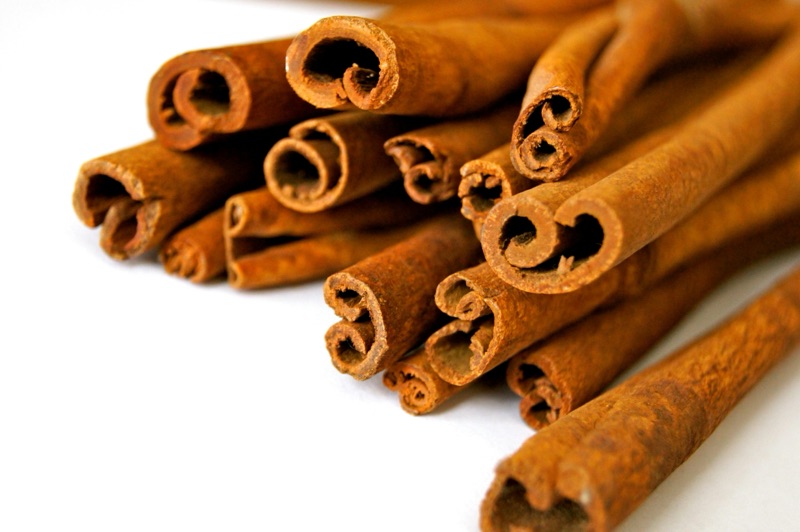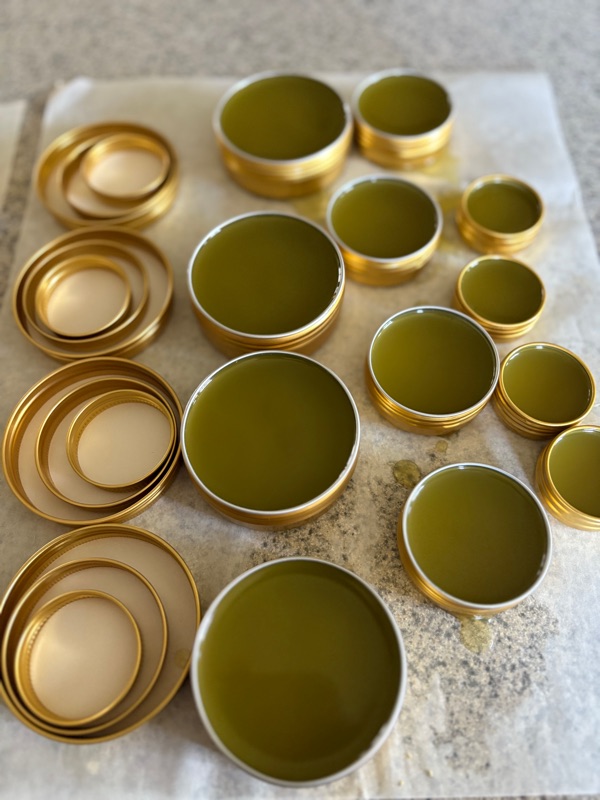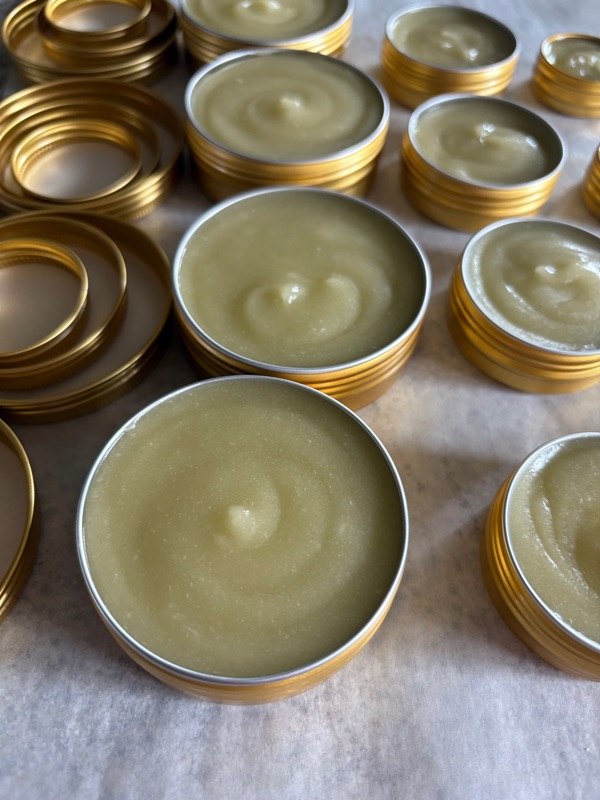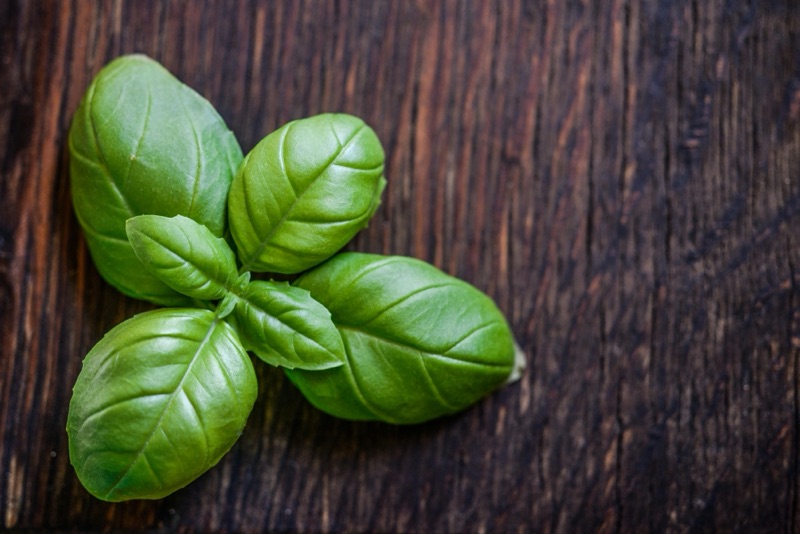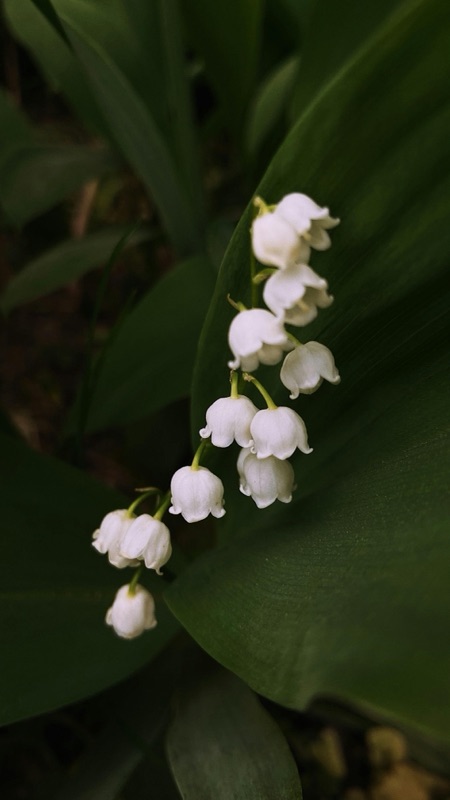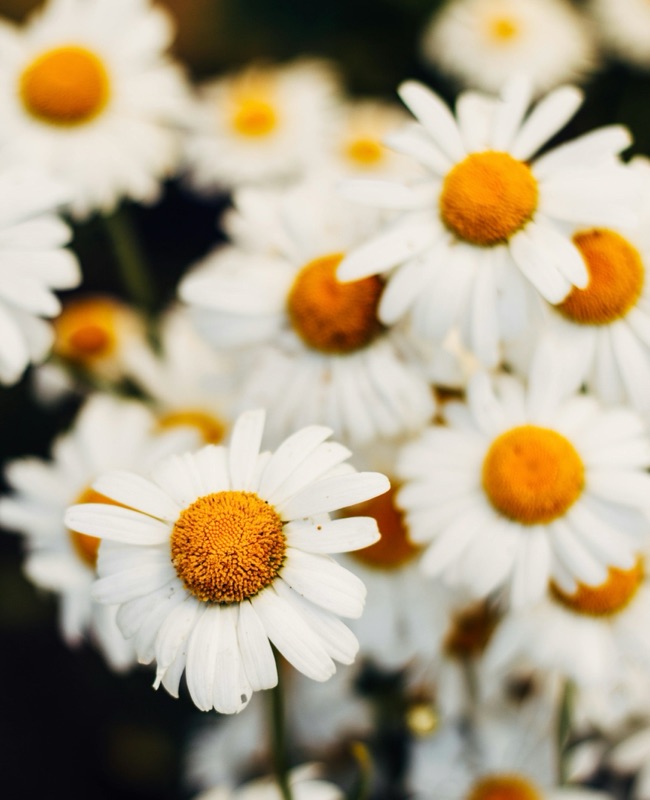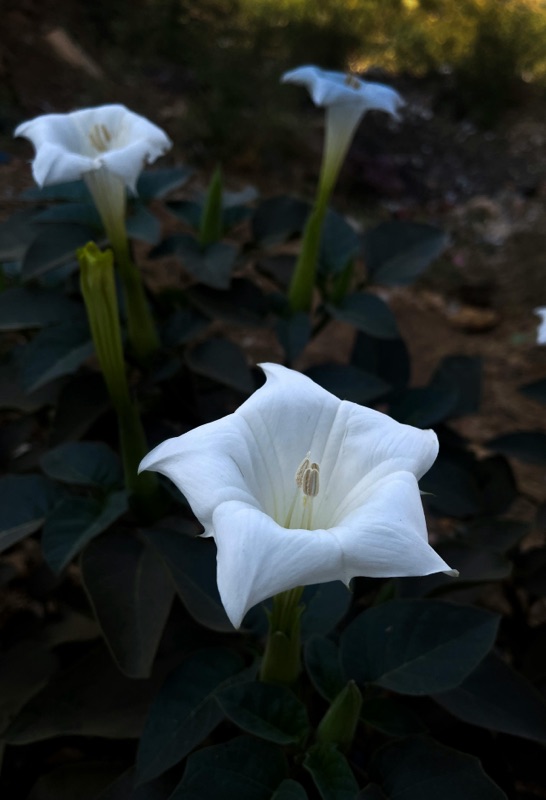Cinnamon
by Wanderer MoonChild
🌱 Botanical Basics
- Common Name(s): Cinnamon
- Folk Name(s): Sweet Wood, Dalchini (India), Ceylon Cinnamon, Cassia
- Scientific/Latin Name: Cinnamomum verum (Ceylon or “true” cinnamon), Cinnamomum cassia (Chinese cassia, often sold as cinnamon)
- Family: Lauraceae (Laurel family)
- Plant Type: Evergreen tree
- Botanical Description: A small to medium-sized tropical tree, 30–50 ft tall, with glossy, oval, leathery leaves, clusters of small yellow-white flowers, and dark purple berries. The spice comes from the dried inner bark, rolled into quills or powdered.
- Growing Zones/Climate: USDA Zones 10–12; thrives in warm, tropical, humid climates.
- Best Zones for Growth: South Asia, Southeast Asia, tropical regions such as Sri Lanka, India, Madagascar, and Indonesia.
- Habitat & Range: Native to Sri Lanka and southern India; widely cultivated in China, Vietnam, Indonesia, and Madagascar.
🌿 Cultivation & Harvest
- Soil & Sun Requirements: Prefers rich, moist, well-drained soils with partial shade to full sun.
- Propagation: Commonly by seeds, stem cuttings, or air layering.
- Companion Planting: Pairs well with other tropical crops such as clove, nutmeg, and cardamom.
- Harvesting Guidelines: Harvested from young stems by cutting and peeling bark; best done during rainy season when bark separates easily. Bark curls naturally as it dries into quills.
- Drying/Preservation: Sun-dried quills stored whole or powdered; best kept in airtight containers to preserve volatile oils.
🌸 Traditional & Historical Use
- Cultural Significance: Valued since ancient times as a sacred, luxurious spice. In Egypt it was used in embalming and incense; in Rome it was burned in temples; medieval Europe prized it for food and medicine.
- Traditional Medicine: In Ayurveda, used for warming the body, improving digestion, circulation, and respiratory health. In Traditional Chinese Medicine, applied to dispel cold, improve yang energy, and support heart and spleen.
- Symbolism: Associated with wealth, status, warmth, and sacred fire. A symbol of divine offerings and prosperity.
🌼 Medicinal & Practical Properties
- Active Constituents: Cinnamaldehyde, eugenol, cinnamic acid, tannins, coumarin (higher in cassia), essential oils.
- Medicinal Uses:
- Supports digestion (relieves gas, bloating, diarrhea)
- Improves circulation and warms the body
- Antimicrobial, antifungal, and antioxidant properties
- May help regulate blood sugar levels
- Preparation Methods: Teas, decoctions, tinctures, powdered spice, essential oil, poultices.
- Dosage & Guidelines:
- Tea: 1 stick or 1 tsp powder simmered in water, once or twice daily.
- Tincture: 10–20 drops in water, up to 3 times daily.
- Culinary: Safe in moderate use.
- Safety/Precautions: Cassia contains coumarin, which in high doses can cause liver damage. Avoid large medicinal doses during pregnancy or when on blood-thinning medication. Essential oil is highly concentrated and must be diluted.
🌙 Magical & Spiritual Properties
- Elemental Association: Fire
- Planetary/Deity Correspondence: Sun, sometimes Venus; associated with solar deities and gods of love, abundance, and warmth.
- Magical Correspondences: Prosperity, attraction, success, love, passion, purification, spiritual energy, protection.
- Ritual Use: Burned as incense to raise energy; sprinkled in charms and mojo bags for money and success; infused in oils for anointing; used in love and passion spells.
- Symbolism in Divination/Dreams: Dreaming of cinnamon may symbolize upcoming prosperity, passion entering one’s life, or a “warming” of relationships and fortune.
🌍 Ecological & Culinary Uses
- Pollinator Value: Flowers provide nectar for bees and some tropical pollinators.
- Wildlife Uses: Fruits eaten by birds; trees provide shade and shelter in tropical agroforestry systems.
- Culinary Uses: Widely used in baked goods, teas, mulled wine, curries, stews, desserts, and savory spice blends worldwide. Essential to ritual feasts and seasonal foods.
- Household/Practical Uses: Natural preservative; infused in simmer pots for fragrance; used in sachets to repel moths and insects; added to natural cleaners for antimicrobial effect.
⚡ Fast Facts
- Quick Uses: Sprinkle in wallet for prosperity; burn in incense to raise spiritual energy; sip as tea for digestive ease and warmth.
- Notable Traits: One of the world’s oldest and most valuable traded spices; its distinct warm, sweet scent is universally recognized.
- Special Notes: True cinnamon (C. verum) is lighter, sweeter, and rarer; cassia (C. cassia) is stronger, spicier, and most commonly found in markets.
📖 Supporting Notes
- References:
- Grieve, Maud. A Modern Herbal
- Chevallier, Andrew. Encyclopedia of Herbal Medicine
- Duke, James A. Handbook of Medicinal Herbs
- Cunningham, Scott. Cunningham’s Encyclopedia of Magical Herbs
- American Botanical Council; USDA Plants Database
